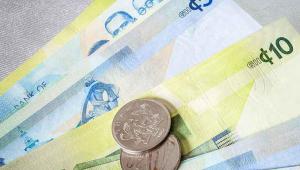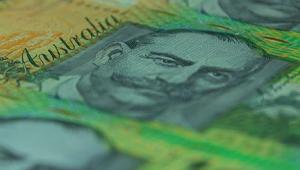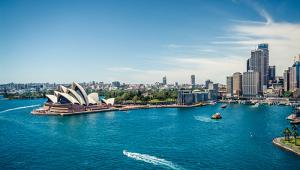In the forecast the country’s Treasury said it expects to run up deficits that are $3.2bn higher than budgeted for in May this financial year and $2.6bn more the year after that. It then expects a deficit worth $5.5bn more than envisaged before the summer in 2018-19 and $4.3bn more in 2019-20.
Public debt is projected to peak at 19.0% of GDP in 2018-19 and then to start declining.
The anticipated increases in the shortfall are a result of low prices and low wages. Real gross domestic product is set to grow by 2% in 2016-17, down from 2.5% in May.
The figures show a deteriorating fiscal position in one of the world’s most credible borrowers, with ratings agencies reportedly considering downgrading Australia from its triple-A rating.
The revised number mean the country will no longer believes it will eliminate the deficit within the next four years as originally projected.
Increases in the price of commodities, including iron ore and coal, are still expected to give a boost to the private sector and in turn tax collection.
“However, this will be more than offset by the impact of weaker growth in aggregate wages and non-mining profits,” the report added.







